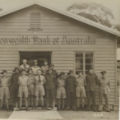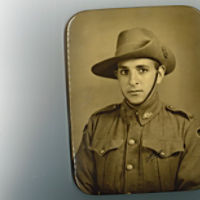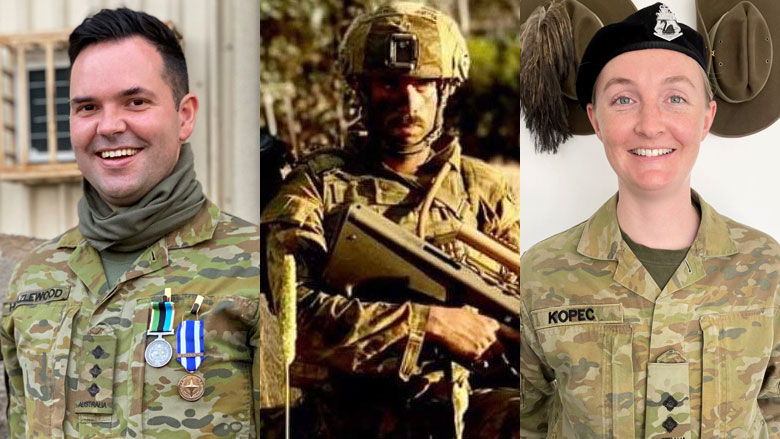What is Anzac Day?
Anzac Day gets its name from the Australian New Zealand Army Corps, the combined force of soldiers which landed at Gallipoli in 1915 during World War One (WW1) with the aim of capturing the Turkish peninsula and eventually forcing Turkey out of the conflict.
The operation failed but the heroic efforts of the Corps gave rise to the Anzac legend – encompassing bravery, courage, mateship and sacrifice - and helped forge the standing of the recently-created nation of Australia (federation occurred in 1901) within the British Empire at the time.
Australians subsequently went on to serve in the other major theatres of conflict in WW1 including and especially on the Western Front in France.
Originally commemorated on 25 April 1916 to mark the first anniversary of the Gallipoli landings, Anzac Day has, following the First World War, been extended to honour those Australians and New Zealanders who served in World War Two, Korea, Vietnam, Iraq and Afghanistan. These are among the many different campaigns and operations to which both nations have contributed forces over the last 110 years.




